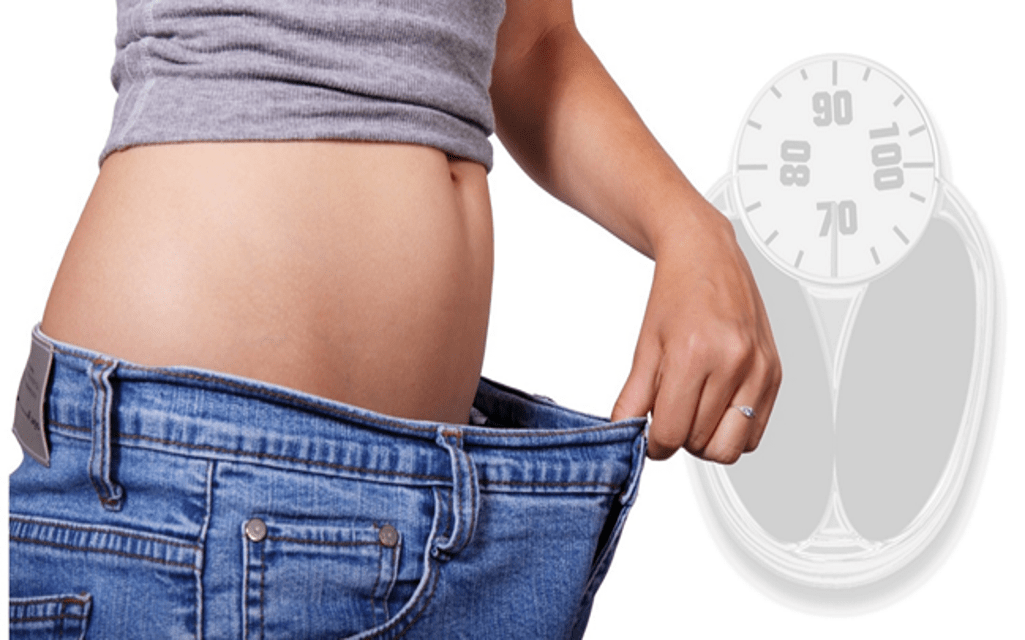BMI used to be heralded as the best way to determine health. The higher your BMI was, the more likely you were to experience life-threatening diseases and other ill health issues. Yet, in recent years, BMI has been almost demonized for not showing the full picture. People seem to think that not only can you not determine anything from BMI, it’s almost dangerous. What’s the truth? you can also use Easy to use food cost calculator to learn more about how to manage your healthy life.
Well, let’s first delve into what exactly BMI is. Standing for Body Mass Index, BMI compares your weight to your height and gives you a score. According to the NHS, the ideal BMI is between 18.5 and 24.9. Anything less than this means that you’re underweight and anything above means that you’re overweight or even obese. In fact, anything from 30 upwards puts you at clinically obese.
However, the clear issue with this is that you can’t derive all the information you need about someone’s health from one number on a chart;especially when that number is based off only two factors. Someone could easily have a BMI of above 24.9 but be extremely muscular, something that’s beneficial for their health opposed to damaging. Equally, somebody could have a BMI of under 18.5, exercise regularly, and have a great diet, making them healthy as well.
Though, this isn’t enough to completely dispel BMI altogether. Just as you wouldn’t stop weighing yourself because it doesn’t show you the complete picture, BMI is just another figure that can help you to become more informed about your body. Sure, BMI may not work for everyone who has abnormal amounts of muscle, but combining this information with what you look like in the mirror, then you can tell what you need to do.
 If you can see that you need to lose fat and your BMI is over 24.9, then you could be putting yourself at risk for a number of conditions. As well as this, if your BMI is under 18.5 and you can see that you’re too skinny, then it might be time to start trying to gain some weight.
If you can see that you need to lose fat and your BMI is over 24.9, then you could be putting yourself at risk for a number of conditions. As well as this, if your BMI is under 18.5 and you can see that you’re too skinny, then it might be time to start trying to gain some weight.
Now, the other issue with BMI is that people only see ‘weight’ and nothing else. Losing and/or gaining weight is actually incredibly easy. You simply need to eat and move more or less. The issue with this is that you can end up gaining a large amount of fat or losing a large amount of muscle – two things that will negatively impact your health. Instead you want to focus on gaining as much muscle as possible whilst losing fat.
There are two main ways through which you can positively impact your body composition: diet and exercise. With our diet, you want to make sure that you’re eating enough protein. Protein is filling, low in calories, and helps to promote lean muscle mass. The combination of these three means that you’ll preserve and/or gain as muscle.
If you’re trying to lose fat, then you need to eat less calories than you’re burning. You can do this by increasing your intake of lower-calorie, nutrient-dense foods such as fruits, vegetables, lean meats, and whole grains. Aim to eat at least one source of fibre and one source of protein with every meal.
If you’re trying to gain weight, then you should still focus on health items, but aim for the higher-calorie healthy items such as nuts and seeds as well as fruits, vegetables, lean meats, and whole grains. Avocados and oily fish are both great sources of unsaturated fats that are easy to eat at lunch or dinner time. Snacking on a handful of mixed nuts is also an easy way to get healthy calories in.
The other key component of changing your body composition is through exercise. Cardio can be a good way to burn extra calories, but save that for when you hit a plateau. At the start, focus on losing weight through your diet and gaining muscle through exercise. The base of your exercise should be on compound movements (movements that involve more than one joint) and then assistance exercises to bring up lagging body parts. For instance, if you wanted to build your shoulders, you would do overhead presses to start followed by lateral raises.
Your main aim should be to increase your strength and competency on the following six lifts:
- Squats
- Deadlifts
- Overhead Press
- Bench Press
- Row
- Chin Up/Lat Pulldown
Together, these work every single muscle in your body and therefore, will help you to build an equal and well-rounded physique.
At the end of the day, BMI may not be the best measure of health, but it’s another factor you can use to help monitor your progress towards your goal and track your health standards. As long as you keep aiming for the healthy range and compare the number with how you look in the mirror, you should be OK.



